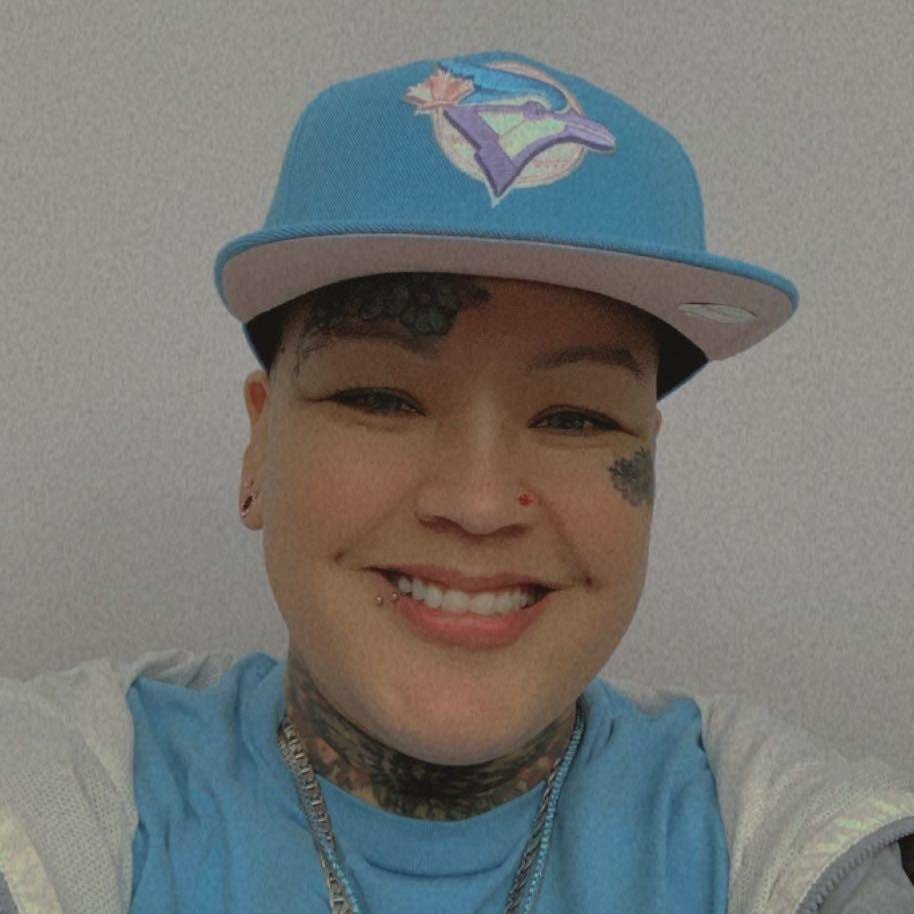By Chevi Rabbit, Local Journalism Initiative Reporter, Alberta Native News
Life can be challenging. The journey is long, full of twists and turns, and as a participant in life itself, some, like Phoebe Bull, are colourful and full of valuable life lessons.
It hasn’t been an easy ride for Bull.
“I was called names like ‘He-She, Boy-Girl, Tomboy, D***, lesbian, and gay,’” she said.
Bull has been in and out of various institutions within the Correctional Service of Canada (CSC).
“It is ironic that lost in the community, I found myself and accepted myself in such an institution,” she explained.
Born in Edmonton and raised in Maskwacis, as a youth, Bull had hardships, but she had love and support from her mother, Molly Potts, a respected elder in Maskwacis.
Now 38 years of age, she identifies as LGBT, Two Spirit, and Lesbian. Despite her trials and tribulations, she remains optimistic about life and hope and is a testament to her mother’s strength.
In an exclusive interview with ANNews, Phoebe Bull opened up about her journey through CSC and becoming a tattoo artist.
“I faced many challenges growing up on the reservation,” she said. “The boys accepted me more. I became friends with more of the boys than any of the girls.
“I enjoyed most sports like basketball, soccer, floor hockey, and ice hockey. I also enjoyed snowboarding and riding my BMX,” she added. “I excelled a lot more than most. But, because of this, the boys would get jealous of me and be mean to me.”
Bull said by the age of 30, she finally accepted herself as a lesbian.
“I found myself and accepted myself in an institution,” she explained.
“I’ve been inside the Fort Saskatchewan Correctional Institution, the Lethbridge Remand Centre, the Edmonton Remand Centre, the Edmonton Institution for Women, and the Fraser Valley Institution out in British Columbia.”
According to Statistics Canada, Indigenous people make up about 32 percent of the federal prison population, despite accounting for less than five percent of the total population.
Bull, however, estimates that 95 per cent of the women she encountered in prison were Aboriginal. Secondly, she explained that around 50 per cent of these women were lesbian or bisexual, and finally, every single woman was dealing with problematic behaviour that kept them locked inside the prisons.
Bull explained there are many programs available in prison, such as AA/NA Meetings, support groups, healing programs that were mandatory to take to be released, education classes and courses, work ticket training, Work Release Programs, and ETA’s, “which is a temporary absence from the prison so that we could do things in the community to help us to reintegrate back into the community,” she said.
Bull alleges she received abusive treatment from guards inside provincial remand centres, as well as being exposed to abusive behaviours from other inmates.
“The hatred, and the jealousy I experienced in these institutions — it can make one fearful of being numb to almost anything.”
Bull is a tattoo artist now.
“It’s my passion,” she explained. “I never knew I loved to do it. I enjoy creating art for people and being creative in general.
“I’ve had people come to me in tears. But I’ve also had people angry or even lost in life,” said Bull. “One small tattoo helps them and puts a smile on their face.
“I love seeing the look of satisfaction on their faces when I am done tattooing them. I love what I do with tattoos. I only do it part-time but would love to do it full-time someday,” said Bull.
Bull said she believes tattooing stems from her childhood, from when her stepfather would lock her in her room for hours at a time when she was between four and six years old.
“By the time I was six years old, all four walls of my bedroom were covered in drawings and colours … In prison, I enjoyed intricate colouring drawings. One page would take me three to four hours to complete.”
Bull believes this is where her creativity and the love of tattooing come from, and she connects with many people on this level. She specializes in memorial or sentimental tattoos.
